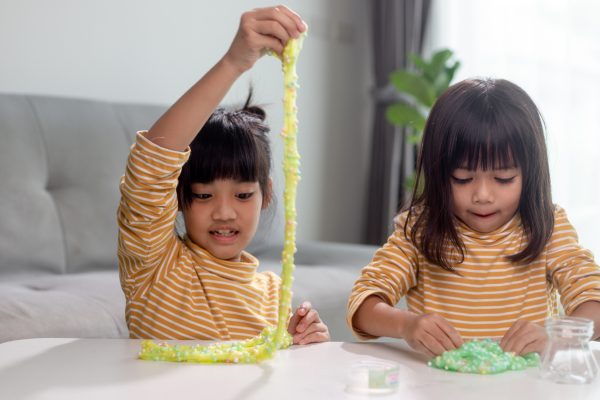
Imagine the wonder in your child’s eyes as they dig their hands into a bowl of slime, the vibrant colors swirling and the texture both intriguing and satisfying. For many children, this simple sensory experience is a source of pure joy. But for others, it can be overwhelming, even frightening.
I’ve seen firsthand the challenges faced by children with Sensory Processing Difficulties (SPD). The world can be a confusing and overwhelming place, filled with sights, sounds, smells, and textures that can trigger meltdowns, anxiety, or withdrawal. Loud noises may feel like a physical assault, soft fabrics like sandpaper, and bright lights like a constant strobe effect.
Understanding Sensory Processing Difficulties
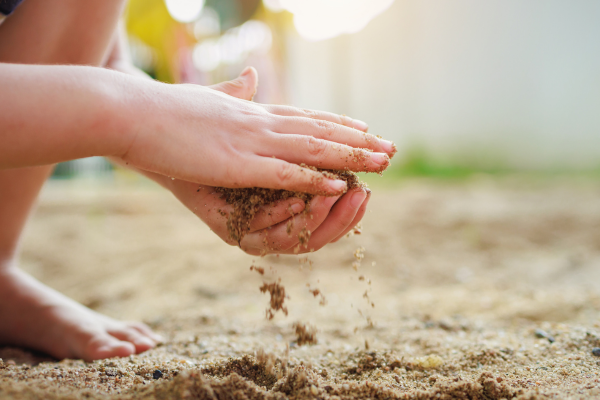
SPD is a neurological difference in how the brain processes sensory information. It’s not about pickiness or bad behavior; it’s a genuine sensory overload that can make everyday activities difficult. A child with SPD might struggle to participate in group activities due to noise sensitivity, become withdrawn during playtime due to overwhelming textures, or experience meltdowns in crowded environments.
The Power of Play: Why Slime Matters
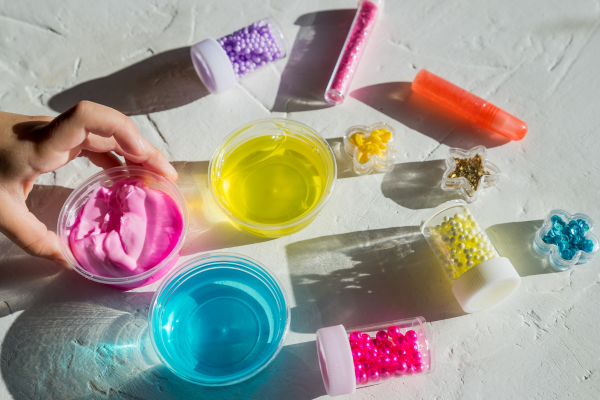
This is where understanding SPD becomes crucial. By creating a supportive environment that caters to each child’s unique sensory needs, we can empower them to thrive. Enter the humble slime: a seemingly simple toy that can be a powerful therapeutic tool.
Slime offers a multi-sensory experience that can be incredibly engaging for children. The vibrant colors and mesmerizing textures can be visually calming for some, while the squishiness and stretchiness provide proprioceptive input, which is crucial for body awareness and coordination. This sensory feedback helps children develop a sense of their body in space, which can be especially beneficial for those who struggle with motor planning or clumsiness.
Beyond the Fun: Therapeutic Uses of Slime
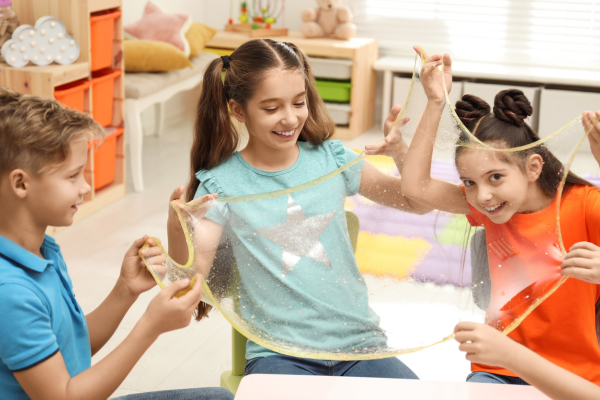
The benefits of slime extend far beyond entertainment. Here are some ways it can be a valuable tool in supporting children with SPD:
Desensitization: For children who shy away from messy textures, slime can be a gradual and controlled way to introduce them to tactile experiences. The predictability of slime allows them to explore the texture at their own pace, potentially reducing anxiety associated with touch.
Proprioceptive Input: As mentioned earlier, the act of squishing, squeezing, and pulling slime provides proprioceptive input, which is crucial for body awareness and coordination.
Stress Relief: The repetitive motions of playing with slime can have a calming effect, similar to fidget toys. This can be helpful for children who experience anxiety or sensory overload.
Focus and Concentration: The mesmerizing and predictable nature of slime can be surprisingly focusing for some children. It can be used as a tool to improve concentration during therapy sessions or even at home during homework time.
It’s All About Individual Needs
It’s important to remember that every child with SPD has unique sensory preferences. While slime might be a therapeutic tool for some, it might be overstimulating for others. The key lies in observing each child’s reactions and tailoring activities accordingly. Perhaps they prefer a specific color or texture, or maybe a smaller amount of slime is more manageable for them.
Collaboration is Key to Success

Effective support for children with SPD requires collaboration between professionals, parents, and educators. By sharing knowledge and strategies, we can create a cohesive and supportive environment that addresses their individual needs. This might involve incorporating sensory breaks into the school day, providing fidget toys or calming tools, or creating a sensory-friendly space at home.
Beyond Slime: A World of Sensory Exploration
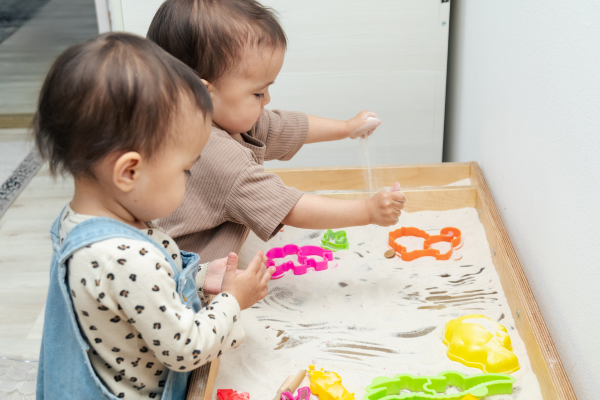
While slime can be a powerful tool, it’s just one piece of the puzzle. At ONE Intervention Centre, we offer a variety of sensory activities designed to meet the individual needs of each child. This may include:
Sensory bins: Filled with different textures and materials like rice, beans, sand, and play dough, sensory bins provide a safe space for exploration and experimentation.
Weighted vests and blankets: Deep pressure therapy provided by weighted vests or blankets can have a calming effect for some children with SPD.
Movement activities: Engaging in activities like jumping, climbing, and swinging can help children with SPD regulate their sensory systems and improve body awareness.
Calming tools: Fidget toys, noise-cancelling headphones, and chewy necklaces can provide a sense of comfort and security for children experiencing sensory overload.
Here are some resources you might find helpful:
- Ministry of Education Singapore: https://www.moe.gov.sg/education-in-sg/our-programmes/social-and-emotional-learning
- National Institute of Mental Health: https://www.nih.gov/
Unveiling the Potential: A Journey, Not a Destination
There’s no one-size-fits-all solution for SPD, but with the right support, children can thrive. By incorporating play-based approaches and therapeutic tools like slime, we can help them navigate the world with confidence, develop coping mechanisms for sensory challenges, and unlock their full potential.

Looking for engaging and effective tools to support children with SPD? At ONE Intervention Centre, our Early Intervention Program for Infants and Children (EIPIC) incorporates sensory integration activities into our play-based curriculum. Our experienced therapists can help you create a personalized plan to address your child’s specific needs. We also offer a variety of resources and strategies to empower both children and the adults who care for them.
Taking the Next Step
If you suspect your child may be struggling with SPD, don’t hesitate to reach out to a qualified professional. Early intervention is crucial in supporting their development and helping them reach their full potential. Contact ONE Intervention Centre today to schedule a consultation and explore how we can help your child thrive.
We look forward to partnering with you on this journey! For more information on how ONE Intervention Centre can support children with learning disabilities, visit our website: www.oneintervention.org. You can also find us on Instagram and Facebook @oneintervention.
